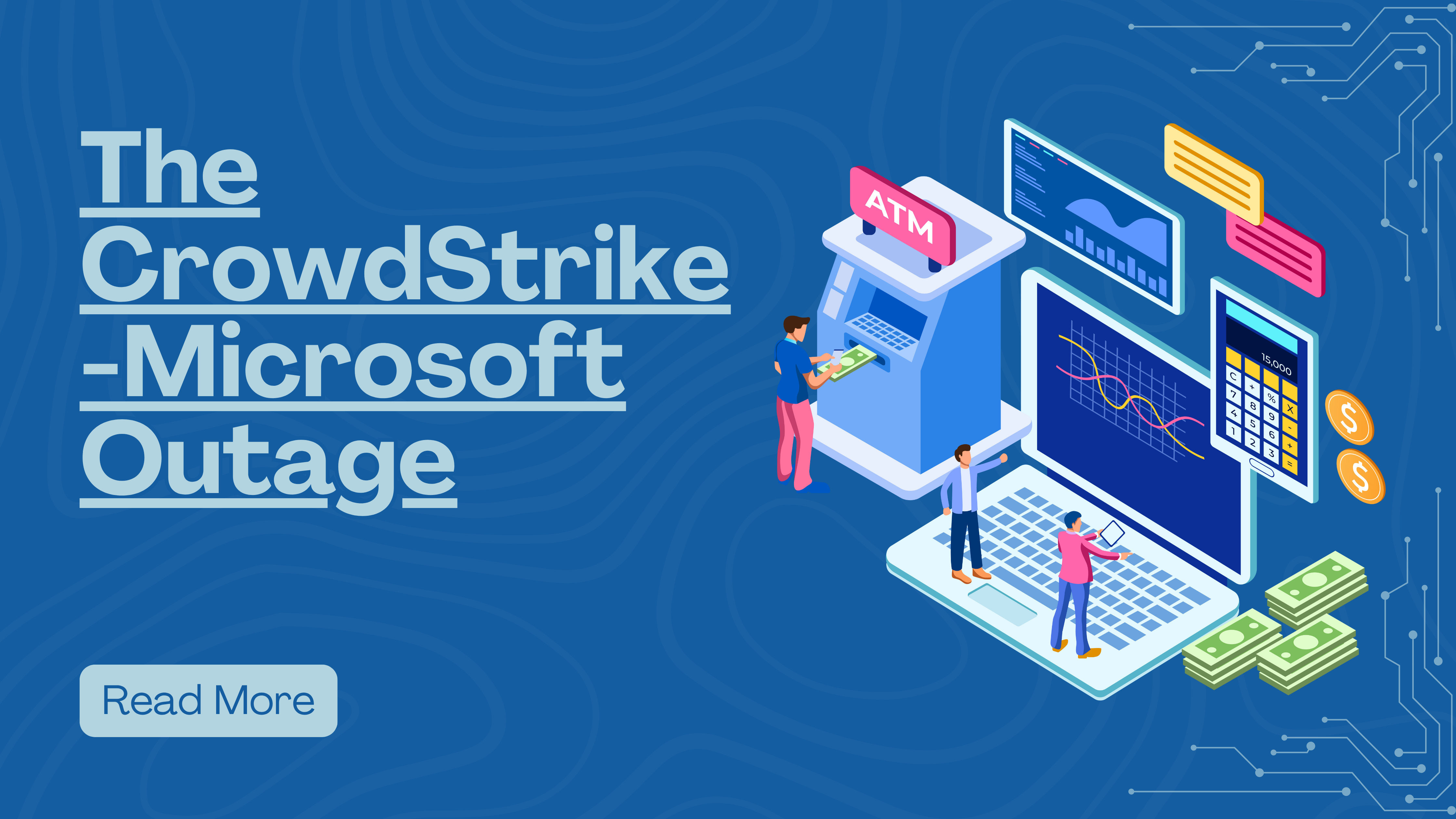
The CrowdStrike-Microsoft Outage: A Wake-Up Call for IT Resilience
Author: Career Cracker
On July 19, 2024, a seemingly routine security update from CrowdStrike spiraled into one of the most impactful global IT outages in recent memory, crippling access to major Microsoft services such as Azure, Microsoft 365, Teams, and Exchange Online. This incident didn’t just affect tech giants — it disrupted global operations across airlines, financial institutions, hospitals, and more.
What Exactly Happened?
CrowdStrike released a Rapid Response Content update for its Falcon security platform — designed to enhance threat detection. Unfortunately, a flaw in the update triggered a critical misconfiguration in Microsoft’s Azure Active Directory (Azure AD). This caused widespread authentication failures, locking users out of their systems and displaying the dreaded Blue Screen of Death (BSOD) on Windows machines.
A single misconfigured file brought down countless systems across the globe.
Outage Timeline
-
04:09 UTC: Faulty update released.
-
Immediately after: Authentication errors and BSOD reports flood in.
-
Within hours: Microsoft identifies the misconfiguration in Azure AD.
-
05:27 UTC: Faulty update is rolled back by CrowdStrike.
-
Next 24 hours: Services are gradually restored.
Who Was Affected?
-
Industries: Financial services, healthcare, manufacturing, logistics.
-
Major Companies: Delta Airlines, American Airlines, United Airlines reported delays.
-
Impact: Inaccessible emails, broken collaboration tools, delayed transactions, and interrupted patient care.
This event showcased how interconnected modern IT environments are, and how a single point of failure can cascade into a global crisis.
Understanding the Technical Cause
-
Azure Active Directory (Azure AD): Microsoft’s cloud-based identity management service, used to authenticate users across Microsoft services.
-
CrowdStrike Falcon: A cybersecurity platform that protects endpoints using AI-driven detection.
-
The Flaw: A faulty InterProcessCommunication (IPC) Template Instance in CrowdStrike’s update triggered a memory exception, crashing Windows systems.
Lessons for the IT World
1. Complexity & Interdependence
Modern cloud environments are deeply connected. One faulty component — even a security update — can disrupt the entire chain.
2. Proactive Monitoring
Continuous health checks and performance monitoring can help identify issues before they go global.
3. Robust Incident Response
Your incident management plan must cover misconfigurations, third-party risks, and rollback procedures.
4. Security Testing
Every software update must undergo stress testing, fault injection, and rollback simulations — especially Rapid Response Content that bypasses full QA cycles.
5. Business Continuity Planning
Ensure that backups, DR environments, and manual workarounds are ready to deploy when digital tools fail.
What’s Next from CrowdStrike?
-
Improved content validation in Rapid Response updates.
-
Staggered deployments starting with canary testing.
-
Enhanced exception handling on the sensor side.
-
Greater transparency and control for customers over update rollouts.
CrowdStrike has committed to releasing a full Root Cause Analysis (RCA) to drive transparency and accountability.
Hiring Partners










































